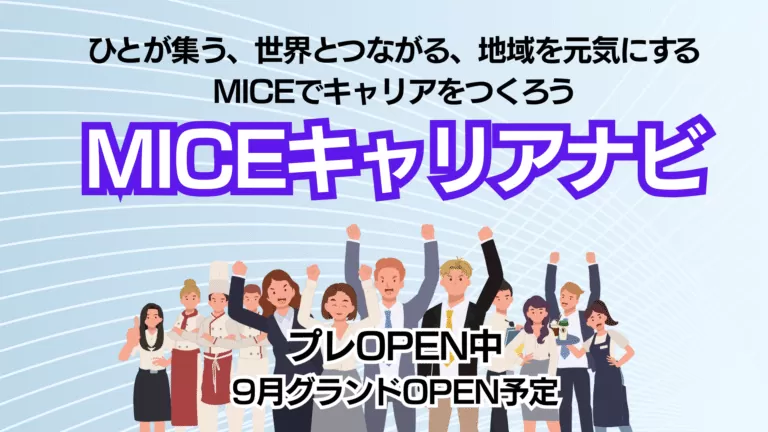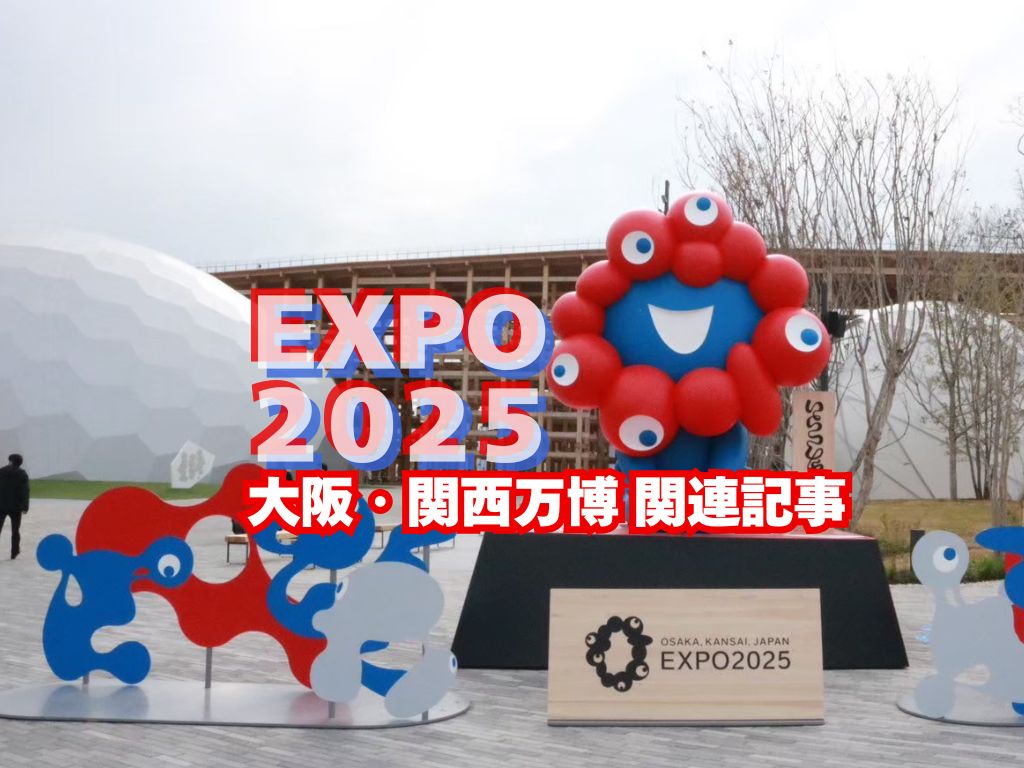
KOREA MICE EXPO (KME), Celebrating 25 Years: One of Asia’s Largest MICE-Dedicated Trade Shows to Move to Seoul in 2025
KOREA MICE EXPO (KME) is South Korea’s flagship trade show covering the full spectrum of MICE—an essential platform for industry stakeholders. This article traces its 25-year history, highlights the latest developments, and looks ahead to what’s next as the event relocates to Seoul in 2025.
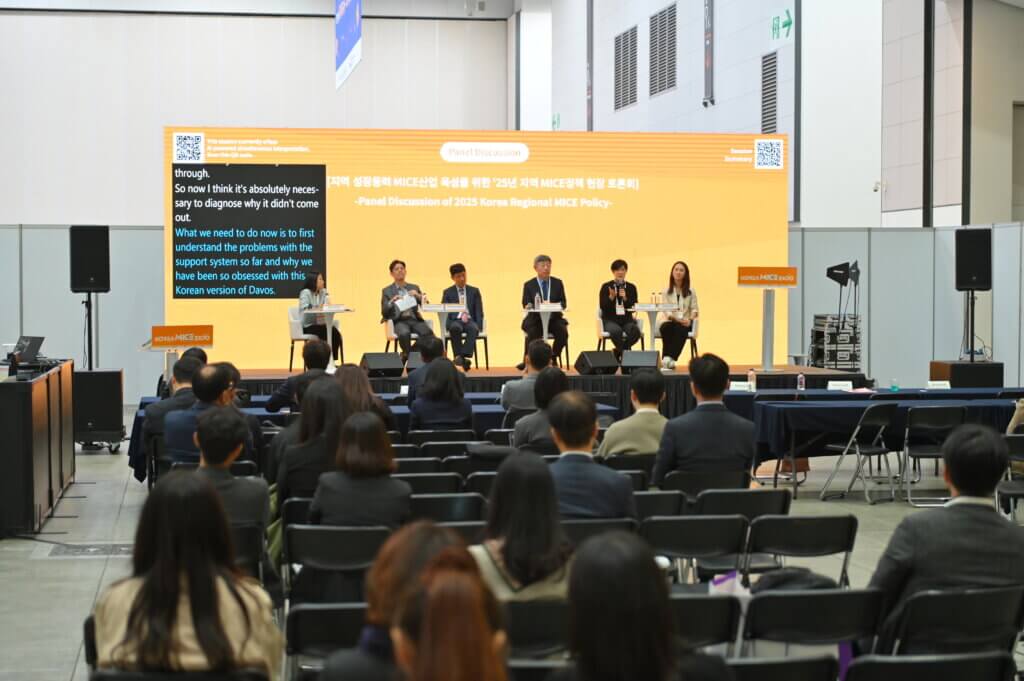
Event Overview: KOREA MICE EXPO (KME)
KOREA MICE EXPO (KME) is South Korea’s flagship event showcasing the front line of the nation’s MICE industry. The most recent edition, KME 2024, was held over three days from November 6 (Wed)–November 8 (Fri), 2024 at Songdo Convensia in Incheon. This year’s KME 2025 will relocate to COEX, Seoul, and run from November 3 (Mon)–November 5 (Wed), 2025.
Official Website https://koreamiceexpo.com/
Organizers and Support
The event is organized by the Korea MICE Association (KMA). KME 2024 was co-hosted by the Incheon Tourism Organization (ITO) and strongly supported by public bodies including the Ministry of Culture, Sports and Tourism (MCST), the City of Incheon, and the Korea Tourism Organization (KTO), reflecting a robust public–private partnership.
Scale and Participants
Marking its 25th edition, KME 2024 welcomed approximately 3,000 MICE professionals from Korea and abroad. More than 300 companies and organizations exhibited across 400-plus booths. Over 130 hosted buyers from 31 countries participated, resulting in around 4,000 pre-scheduled B2B meetings during the show. Exhibitors spanned the full MICE ecosystem: regional tourism organizations (RTOs) from 18 regions in Korea, convention centers, PCOs, PEOs, hotels, unique venues, IT firms, and a range of service providers.
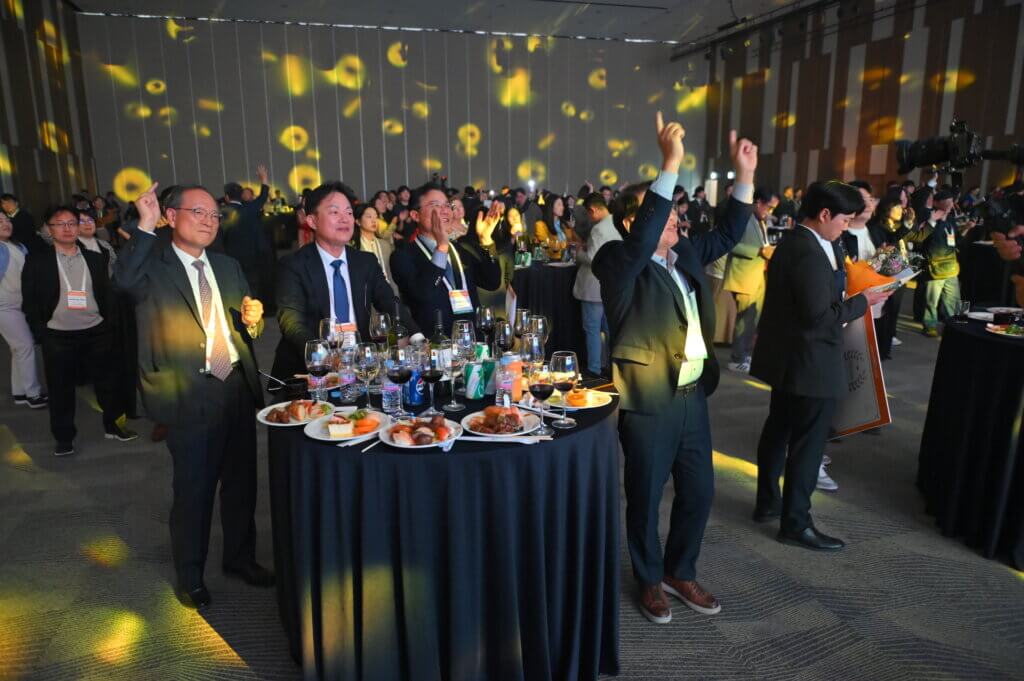
Program Highlights
The 2024 theme, “Much, More, MICE,” underscored the industry’s rapid expansion and future potential. The program comprised an exhibition, 1-to-1 business meetings, a multi-track conference, and networking functions. The “KME Conference – MICE WAVE” focused on three pillars—trends and policy, technology, and sustainability—sharing the latest insights and case studies. “KME Night” on Day 1 featured an awards ceremony recognizing outstanding companies and talent, while a “MICE Youth Session” on the final day supported the next generation of industry professionals.
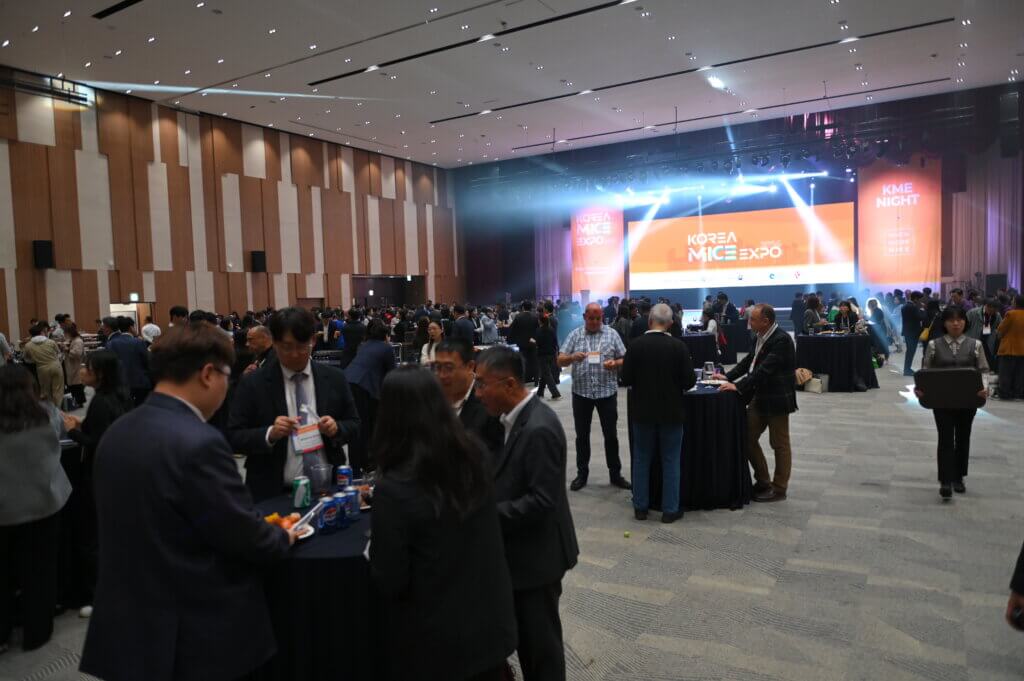
History and Growth of KOREA MICE EXPO (KME)
Founding Phase: Since 2000
KME traces its origins to 2000, when it debuted as the Korea Convention Industry Expo. Positioned as part of government policy initiatives such as the Convention Industry Promotion Act enacted in the late 1990s, the show was envisioned from the outset as a flagship fair representing Asia. It later rebranded to KOREA MICE EXPO (KME), strategically expanding its scope beyond conventions to encompass the broader MICE domain—meetings, incentive travel, conventions/conferences, and exhibitions.
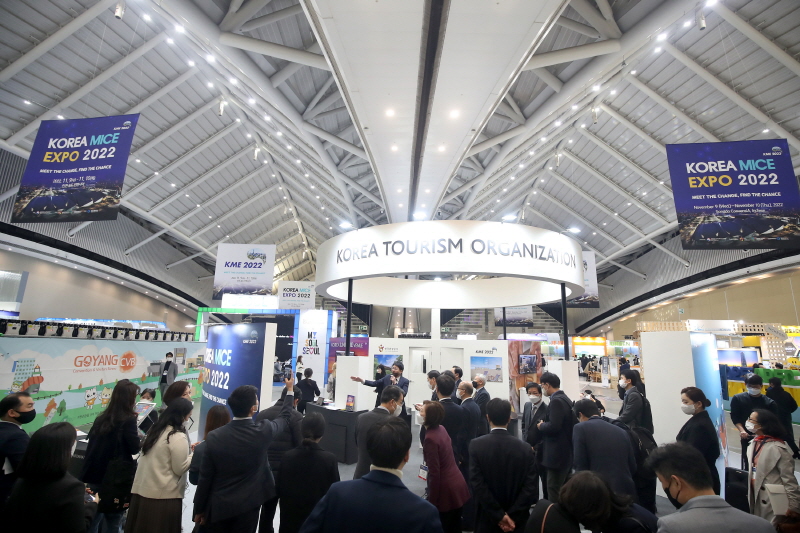
Evolution of Host Cities and Strategic Significance
KME’s trajectory mirrors a deliberate strategy expressed through its host cities. The early editions centered on Seoul, leveraging the capital’s brand power and infrastructure to establish a solid foundation. Notably, from 2010 to 2012 the event ran at COEX, and in 2013 it entered a marked growth phase, drawing more than 4,600 participants and recording a 52% year-on-year increase in hosted buyers from overseas.
From 2015, the show moved to Songdo Convensia in Incheon, where it was held for nine consecutive years. This long-term tenure aligned with national strategy to cultivate Incheon as a MICE city by capitalizing on the Incheon Free Economic Zone and its modern infrastructure.
The decision to return to Seoul in 2025 is more than a homecoming. Having elevated Incheon’s MICE capabilities, the show is now poised to re-engage Korea’s primary gateway city and fully harness Seoul’s global brand equity as a top-tier MICE destination—consistently recognized as “Best MICE City” for ten consecutive years by the U.S. business travel magazine Global Traveler—constituting a strategic escalation to compete on an even larger international stage.
ICCA Statistics Snapshot (2024)
According to ICCA statistics for international meetings held worldwide in 2024, South Korea ranked 12th by country (Japan 7th). By city, Seoul placed 6th globally (Tokyo 16th). Within the Asia–Pacific region, Seoul ranked 2nd, with Busan 16th and Jeju Island 20th.
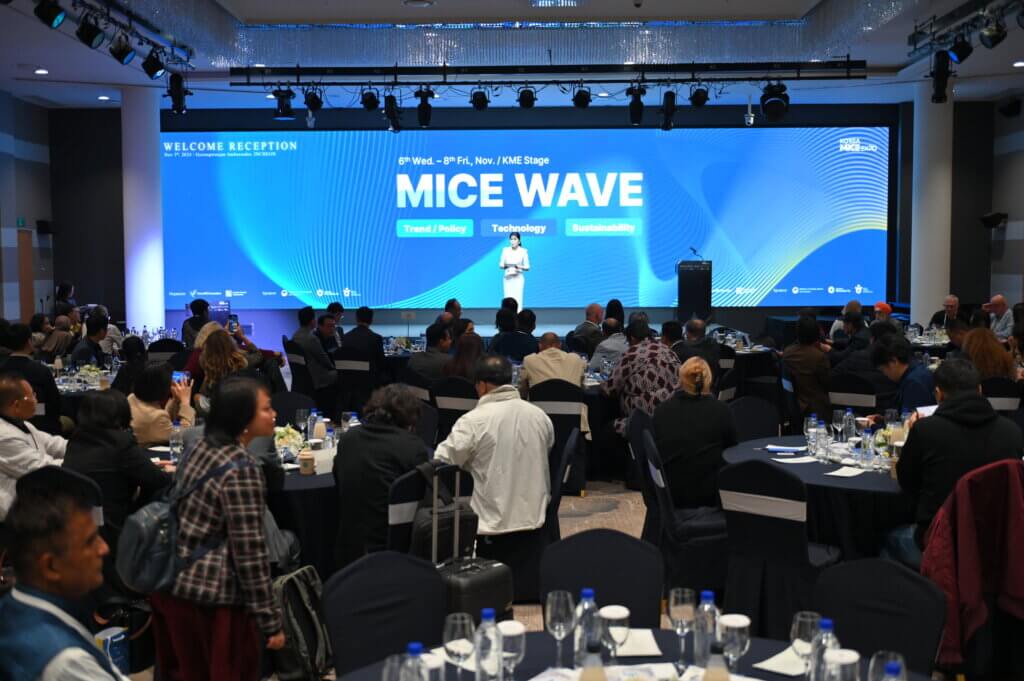
Privatization and Innovation
KME marked its 20th anniversary in 2019. In 2020, under the impact of COVID-19, it pivoted to its first online–hybrid edition and maintained continuity through a challenging period. Even then, more than 3,000 participants and some 300 exhibitors conducted meetings and networking on a virtual platform—an agile response aligned with the digital era.
A major turning point arrived in 2023, when stewardship shifted from the Korea Tourism Organization (KTO), which had long nurtured KME, to the private-sector Korea MICE Association (KMA). This transition clarified the ambition to elevate the show to global standards through tighter public–private collaboration. Program innovation followed: beginning with the first KME under private leadership in 2023 and further in 2024, new frameworks for international cooperation were launched, including the Korea–China–Japan MICE Forum.
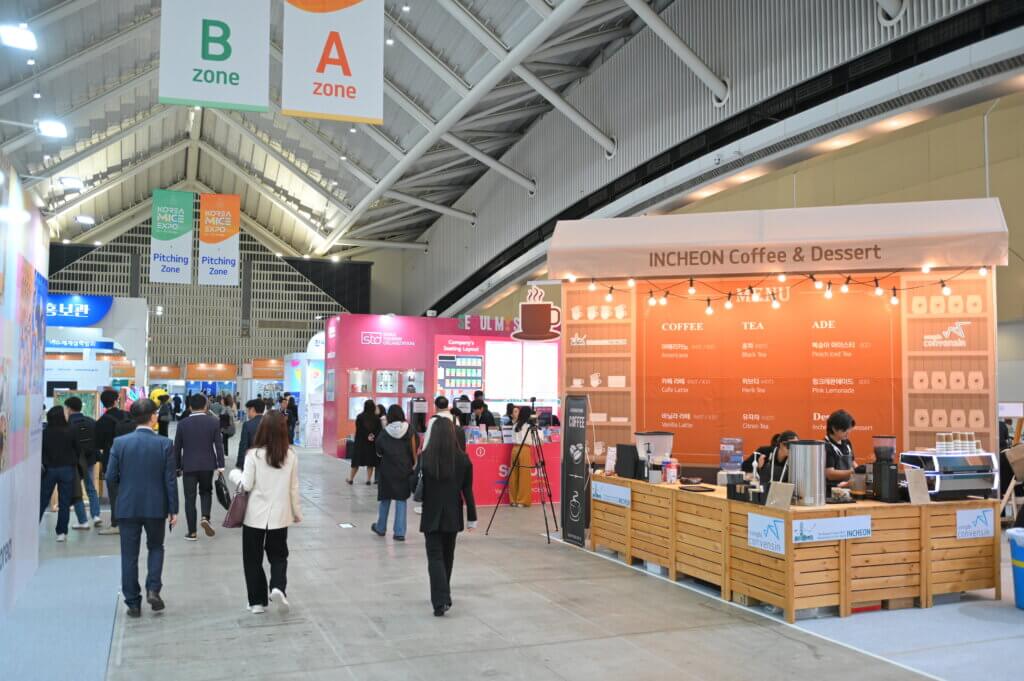
KME’s Positioning and Presence: International and Regional Perspectives
KOREA MICE EXPO (KME) is Korea’s flagship MICE trade show and one of Asia’s leading industry events. While global platforms such as IMEX (Frankfurt/Las Vegas) dominate worldwide, KME aims to serve as an Asia-born international MICE hub, with distinct strengths tailored to Korea and neighboring markets.
Backed by strong public–private support since its inception under the Korea Tourism Organization (KTO), KME is closely aligned with national MICE-promotion policies. Its hosted buyer program covers travel and accommodation and includes post-show site-inspection and familiarization tours, drawing high-quality demand-side attendees. Each year, meeting organizers and event planners from around the world visit to experience Korea’s MICE potential first-hand.
As a regional hub, KME is also deepening collaboration with nearby markets including Japan and China. Partnerships with overseas organizations continue to expand—featuring joint sessions with the Professional Convention Management Association (PCMA), presentation slots for Middle Eastern and Western destination marketing bodies, and proactive media hosting for international MICE outlets—further elevating its global profile.
Across Asia, activity is vibrant—from Japan MICE Expo to Singapore’s ITB Asia and Thailand’s IT&CMA. With more than 20 years of history and a powerful public–private engine, KME remains among the front-runners in scale and program depth. Korea consistently ranks near the top globally for international meeting volumes, and KME serves as a key driver of that standing.
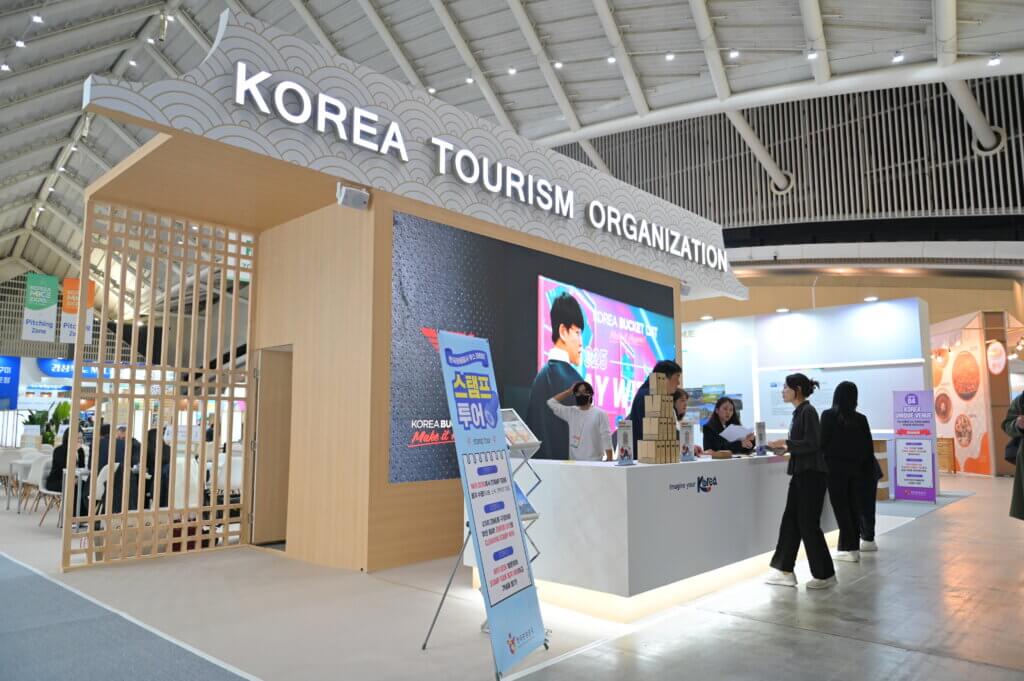
KOREA MICE EXPO: Outlook
What the Return to Seoul Will Bring
After nine consecutive editions in Incheon, KME will be held at COEX in Seoul on November 3 (Mon)–November 5 (Wed), 2025. The Seoul edition represents a rare homecoming, reportedly the first since 2013.
Seoul has been selected “Best MICE City” for 10 consecutive years by the U.S. business travel magazine Global Traveler, underscoring the city’s powerful brand. COEX, situated in Seoul’s vibrant Gangnam district, is a world-class integrated complex that combines hotels, shopping, and entertainment, offering exceptional convenience for overseas participants. The move is an intentional step to raise KME’s international profile and draw greater global attention, and it dovetails with Seoul’s large-scale investments in MICE infrastructure.
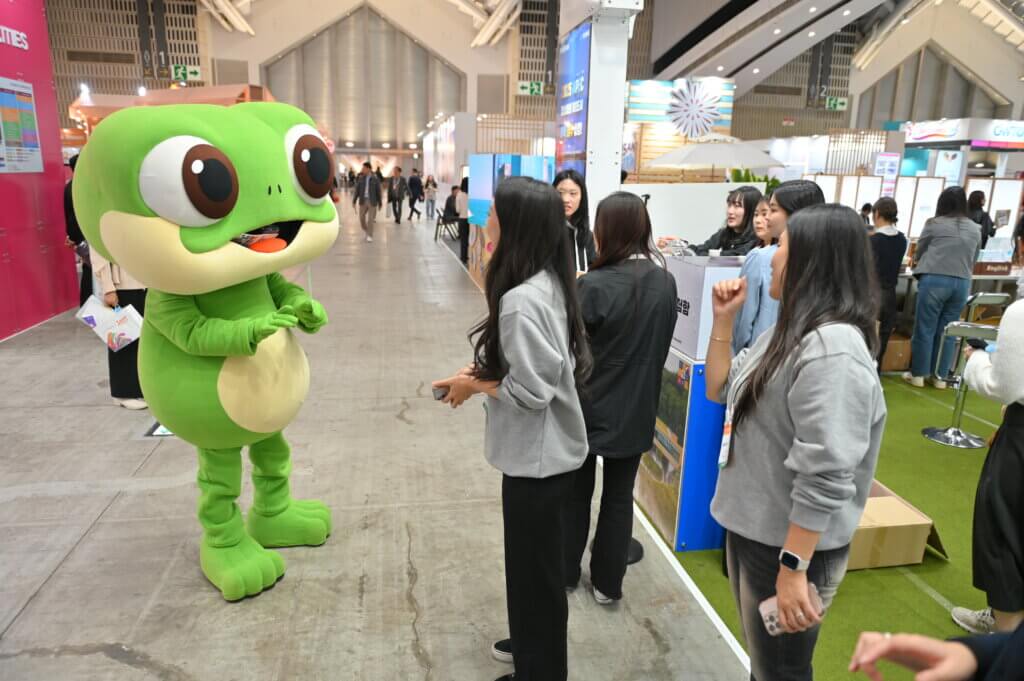
Anticipated Enhancements and Higher Value-Added Offerings
With the move to Seoul, several advances are expected at KME 2025. On the program side, organizers are likely to continue emphasizing the Japan–China–Korea MICE Forum, further deepen technology-related themes, and introduce new program elements that leverage assets unique to Seoul—such as K-culture and distinctive “unique venues.”
Relocation to Seoul, a globally recognized and highly accessible gateway, is also expected to spur growth in overseas buyers and participants. Moreover, because Seoul’s new MICE infrastructure targets advanced fields such as biotechnology, AI, and robotics, KME 2025 may redouble efforts to attract conferences and events from these sectors.
The Korea MICE Association has expressed confidence that “KME 2025 will further solidify Korea’s position as a global MICE leader and will continue to function as an indispensable platform for industry stakeholders.”
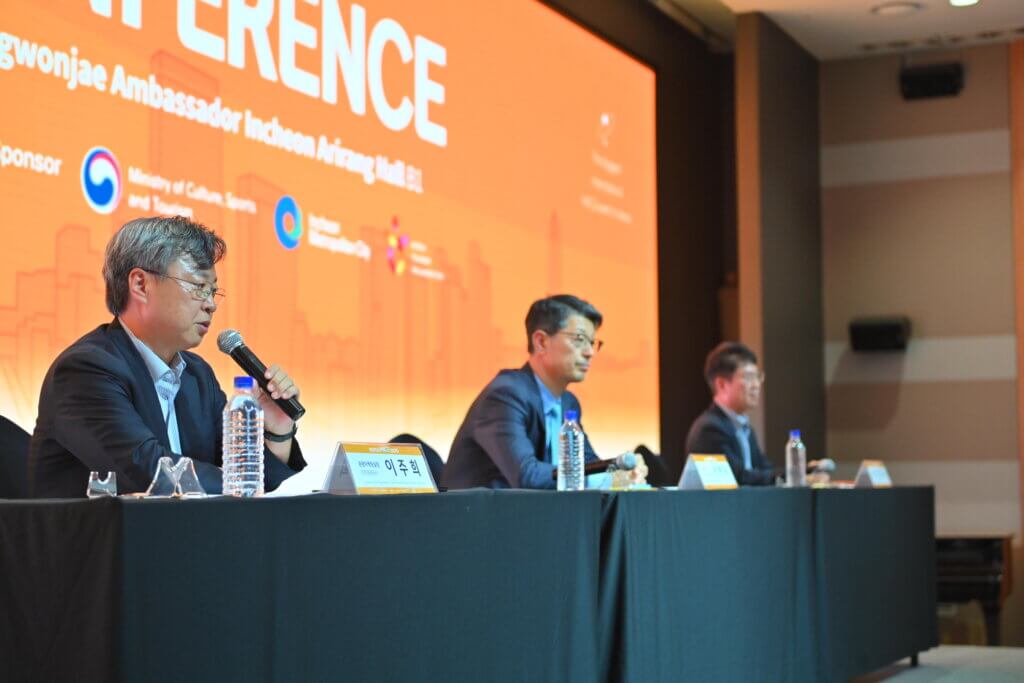
Robust Support for Overseas Participants
KME offers concrete and attractive participation programs for overseas attendees—especially exhibitors and buyers. For exhibitors, benefits include one-to-one business meetings with leading domestic and international buyers, as well as opportunities to promote their companies through presentations.
For buyers, the Hosted Buyer Program is the core of KME’s business engine. Eligible buyers receive complimentary round-trip airfare, accommodation, and post-event familiarization tours. These generous benefits come with conditions—such as conducting at least 23 business meetings—to ensure a high-quality business environment. For serious buyers, this requirement is an appealing feature rather than a hurdle.
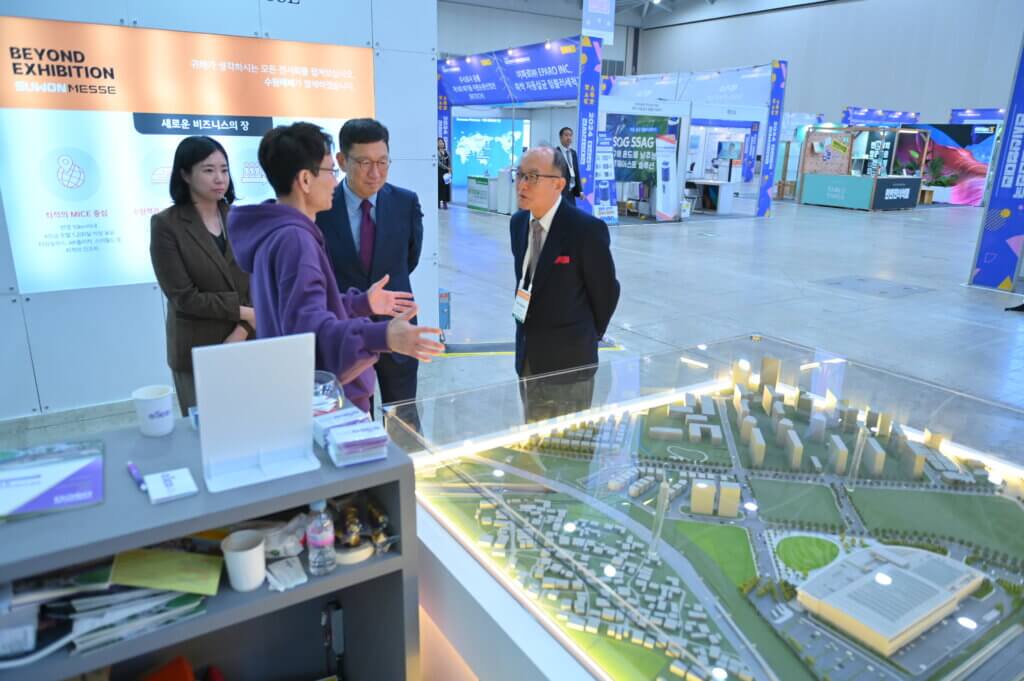
KME, a Leader in Asia’s MICE Events: How Will It Evolve with Its Return to Seoul?
Korea MICE Expo is building on its quarter-century track record and the network it has forged to aim for an even greater leap forward. As exemplified by the launch of the Japan–China–Korea MICE Forum, it continues to evolve beyond a domestic trade fair into a strategic platform that drives MICE collaboration and innovation across the entire East Asian region. The return to Seoul in 2025 will be a pivotal milestone that cements KME’s standing as an international MICE hub and showcases its presence to the world.
-
[On-Site Report] Hakodate, Hokkaido Is One of Japan’s Top Cities for Workations: An In-Depth, Hands-On Look at Workation and Coworking Options

-
Cruise EXPO 2025 Tokyo to be held on December 5–6 at Tokyo International Cruise Terminal; Japan’s largest cruise event expects 5,000–10,000 attendees


